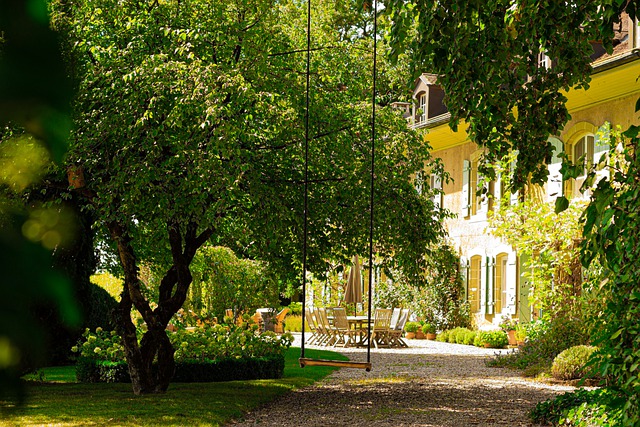Introduction
Removing mold from fabric furniture can be a challenging task, especially if you prefer to avoid using bleach. Mold not only looks unsightly but can also cause health issues if left untreated. Fortunately, there are effective methods to tackle mold on fabric furniture without relying on bleach. In this article, we will explore some alternative approaches to safely and efficiently remove mold from your fabric furniture.
Identifying the Mold
Before you begin the removal process, it is crucial to identify the type of mold you are dealing with. Different molds may require specific treatment methods. Common types of mold found on fabric furniture include Aspergillus, Cladosporium, and Penicillium. If you are unsure about the type of mold, consider consulting a professional or conducting a mold test to determine the appropriate course of action.
Materials Used
Vinegar: Vinegar is a natural and effective alternative to bleach for mold removal. Its acidic properties help kill mold spores and prevent further growth.
Baking Soda: Baking soda is another natural ingredient that can be used to eliminate mold. It acts as a mild abrasive and helps absorb moisture, making it difficult for mold to thrive.
Hydrogen Peroxide: Hydrogen peroxide is a non-toxic and eco-friendly option for mold removal. It has strong antifungal properties and can effectively kill mold spores.
Essential Oils: Certain essential oils, such as tea tree oil and grapefruit seed extract, have antimicrobial properties that can help eliminate mold.
Step-by-Step Mold Removal Process
Step 1: Safety Precautions
Before starting the mold removal process, ensure that you are wearing protective gear such as gloves, goggles, and a mask to avoid direct contact with mold spores.
Step 2: Vacuuming
Begin by vacuuming the affected fabric furniture using a vacuum cleaner with a HEPA filter. This will help remove loose mold spores and prevent their spread during the cleaning process.
Step 3: Vinegar Solution
Create a solution by mixing equal parts of vinegar and water. Spray the solution onto the mold-infested areas of the fabric furniture and let it sit for at least an hour. Vinegar’s acidity will help kill the mold spores.
Step 4: Scrubbing
Using a soft-bristle brush, gently scrub the mold-infested areas of the fabric furniture. This will help loosen the mold and remove any stains. Avoid scrubbing too vigorously to prevent damage to the fabric.
Step 5: Baking Soda Application
Sprinkle baking soda over the fabric furniture, focusing on the areas affected by mold. Baking soda will help absorb moisture and eliminate any remaining mold spores. Leave the baking soda on the furniture for a few hours or overnight.
Step 6: Vacuuming Again
After the baking soda has had time to work, vacuum the fabric furniture once again to remove the baking soda residue and any remaining mold spores.
Step 7: Hydrogen Peroxide Solution
If the mold persists, create a solution by mixing equal parts of hydrogen peroxide and water. Spray the solution onto the fabric furniture and let it sit for 15 minutes. Hydrogen peroxide will effectively kill any remaining mold spores.
Step 8: Drying and Ventilation
After completing the mold removal process, ensure that the fabric furniture is thoroughly dried. Open windows or use fans to improve ventilation and prevent moisture buildup, which can contribute to mold growth.
Conclusion
Removing mold from fabric furniture without bleach is possible by utilizing natural alternatives such as vinegar, baking soda, hydrogen peroxide, and essential oils. Following a step-by-step process that includes vacuuming, spraying solutions, scrubbing, and drying, you can effectively eliminate mold from your fabric furniture. Remember to take necessary safety precautions and identify the type of mold before proceeding with the removal process.
References
– Mayo Clinic: www.mayoclinic.org
– Environmental Protection Agency: www.epa.gov
– Healthline: www.healthline.com













